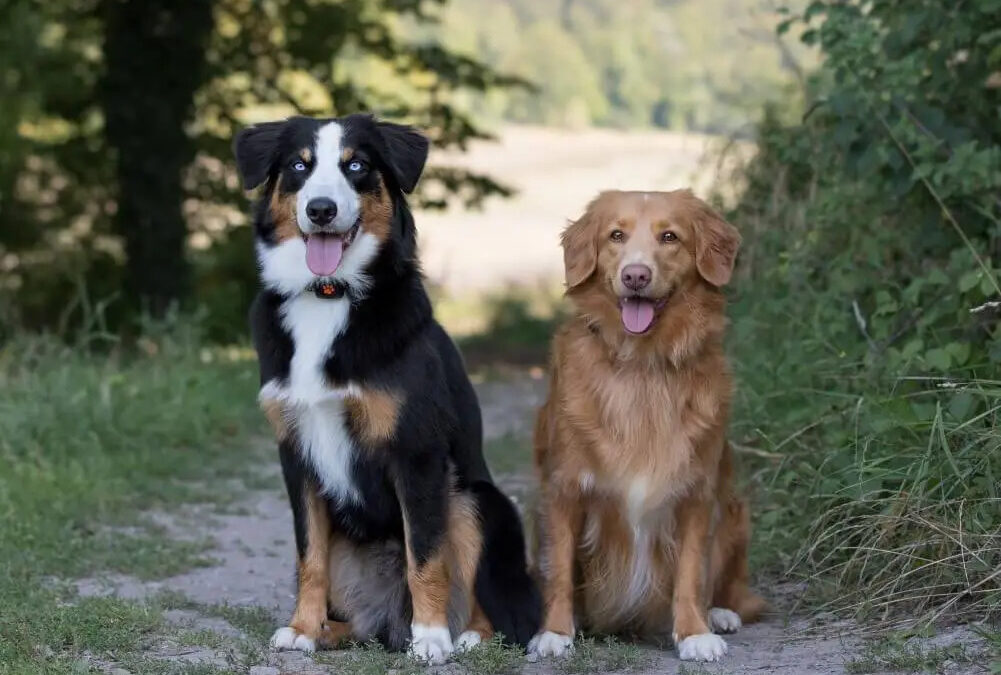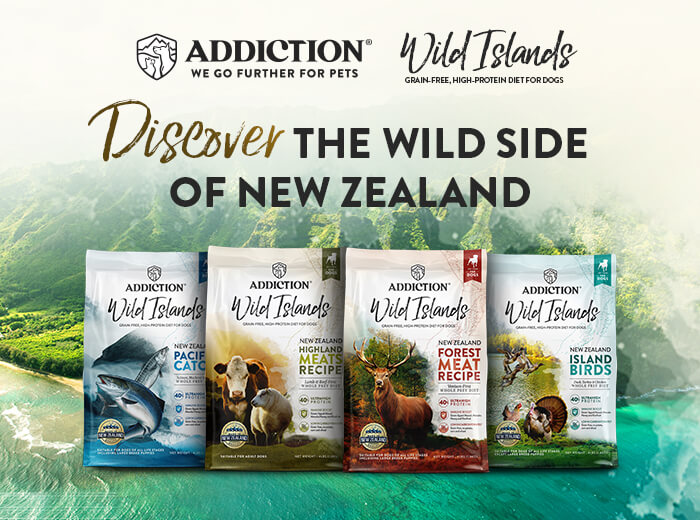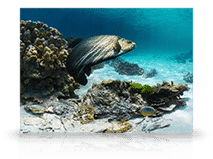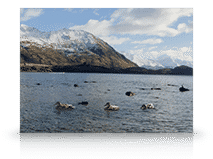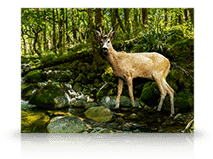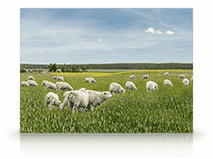Here at Addiction Pet Foods, we take skin and coat stuff seriously.
Very seriously. We spend a good deal of our time formulating foods and treats to help our animal friends improve the condition of their lives, starting with the skin and coat. This month we want to get people talking about their animals skin. We want to help each other learn the differences between our animal friends and ourselves, especially when it comes to skin and coat. So let’s get started talking about skin!
The skin is the largest organ of the integumentary system, the system designed to protect the body from damage. To put it simply, it is a soft outer covering which performs amazing functions. Skin helps guard against dehydration and provides sensation as well as serving as a barrier from environmental damage and germs.
All mammals have hair on their skin which primarily serves as insulation. The difference between hair on humans and fur on animals is the degree of denseness. Animals’ fur is much denser than human hair, which explains why our beloved pet is so huggable. The fur serves to increase the insulation that the skin provides. Humans actually have more hair per surface area than animals, but it’s much finer and lighter in color usually.
Another difference between your pet’s skin and your own is that canine and feline epidermis has a turnover rate of around 20 days compared to human skin which has a turnover rate of approximately every 28 days. The skin your animal sheds then dries and flakes off, becoming dander. Animals with seborrhoeic dermatitis (also known as seborrhoeic eczema) can shed their skin as often as every 3-4 days.
The epidermis of a dog is only 3-5 cells thick while in human, it is at least 10-15 cells thick. Cats have even thinner skin ranging from .01 to .07. It’s no wonder felines are picky about how you groom their delicate skin. When it comes to your pets, anything that irritates the thin outer level of skin has a much shorter barrier between the irritant and the inner cells. Also, hair growth in your pets grows in bundles and in cycles whereas a human hair grows as a solitary hair and continues. Based on individual dogs’ or cats’ genetic makeup, their hair growth will reach a certain length before it ceases growing and dies. This is where shedding begins and a new hair growth cycle starts.
When grooming your animal or bathing them, keep these facts in mind to help you choose grooming tools and shampoos. Their skin and coat should be treated as gently as possible to help keep the hair and the skin in prime condition.
I hope that you learned something today. How many of you had to google integumentary? I know I did. Skin is a fascinating subject and this is just the beginning of our discussions about skin, pets, itching and allergies.


